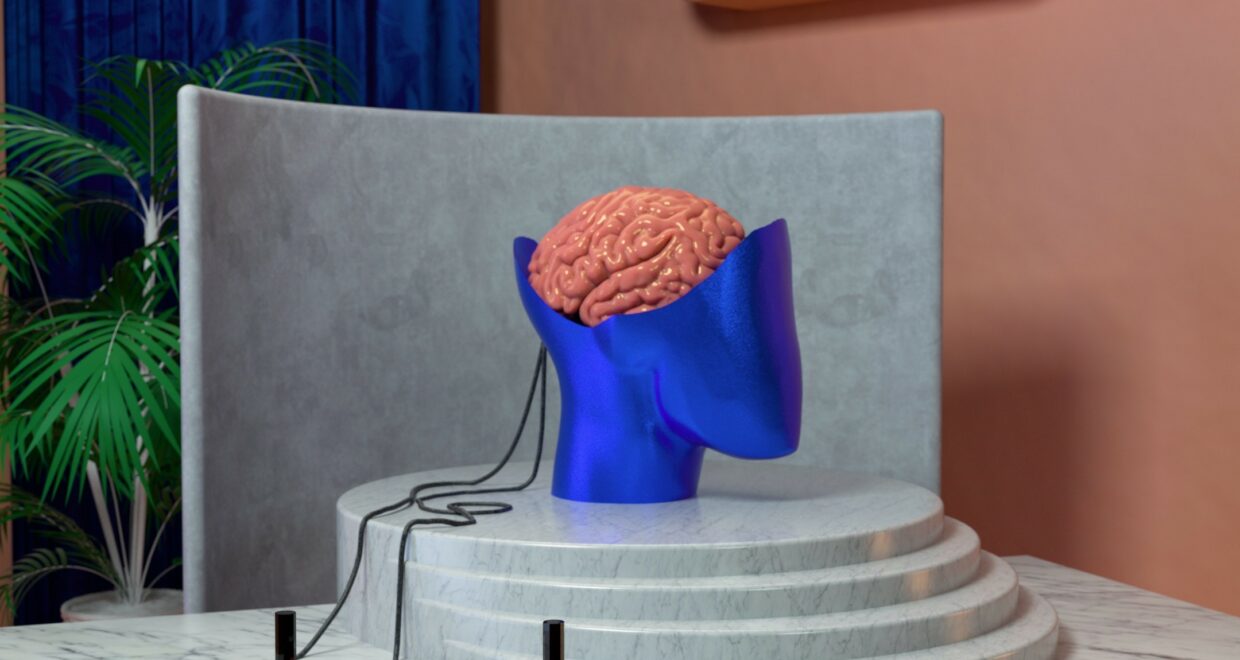Archaeogaming in Advances in Archaeological Practice
“Archaeogaming” occupies the intersection between archaeology and video games and treats these examples of contemporary material culture as artifacts, sites, and landscapes (Reinhard 2018). Although coined in 2013, research into this emerging subdiscipline has been published since 1997 with Quentin Jones’ article “Virtual-Communities, Virtual Settlements, and Cyber-Archaeology: A Theoretical Outline” in the Journal of Computer-Mediated Communication. Jones was the first to publish on the possibility of applying archaeological tools and methods to interactive digital built environments, persistent spaces purpose-built for human settlement and use. Since then, authors of dozens of monographs and articles have published the results of their research questions on the archaeological investigation of human creation, interaction, and abandonment of synthetic spaces and the evidence that human activity creates within them.
Advances in Archaeological Practice, a journal published by the Society of American Archaeology beginning in 2013 under the editorial vision of editor Sarah Herr, is at the vanguard of archaeological methodology, which includes adapting established methods to digital things and places. Since 2014, AAP has published 10 peer-reviewed research articles and digital reviews on archaeogaming from an international authorship, enough to create a collection here on Cambridge Core.
The articles’ topics cover both of archaeogaming’s main branches: reception studies and practical archaeogaming. Following a long tradition of writing about how creators and consumers approach antiquity through media, AAP has published articles detailing Minecraft reconstructions of art and artifacts in the Tate, history and heritage in Civilization VI, the notion of authenticity in Assassin’s Creed Odyssey, and even how archaeology is itself portrayed within interactive digital entertainment (League of Legends and Heaven’s Vault). Articles on video games and pedagogy are also present, including deploying those games based in ancient Egypt (Red Land/Black Land and Assassin’s Creed Origins) and prehistory (Ancestors: The Humankind Odyssey) in the classroom.
Two AAP articles apply field methods in a practical approach to investigating interactive digital built environments archaeologically. The first used the principles of the Harris Matrix to define software stratigraphy as a way to document visually the relationships between various versions, patches, updated, and bugfixes within a single video game. This approach even received a seal of approval from Edward Harris himself, which appears in the article’s appendix. The second article applied photogrammetry and GIS recording techniques to digital landscapes, mapping 2D spaces in three dimensions for the first time. The published methods show digital archaeologists how to create maps of designed and procedurally generated spaces, which allows for precise recording of evidence of human presence within them.
As people continue to invest time, money, and emotional capital in software and digital entertainment, the body of archaeological data increases and creates new opportunities to understand human behavior on an accelerated and condensed timeline. These AAP articles offer a solid foundation from which future research can emerge.
Andrew Reinhard is a digital archaeologist who coined the term “archaeogaming” in 2013. In 2014, he helped excavate the Atari Burial Ground in Alamogordo, New Mexico.
Image courtesy of artist Mo Eid and pexels.com.
Read the associated articles, published in Advances in Archaeological Practice.






